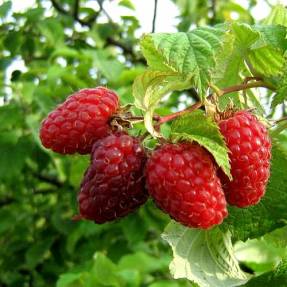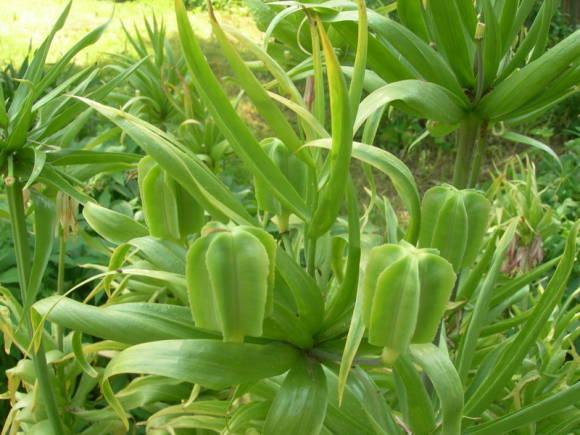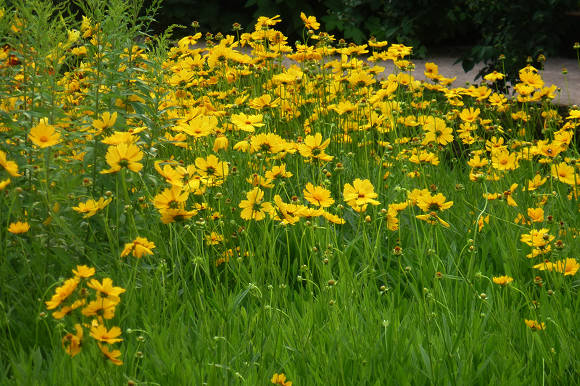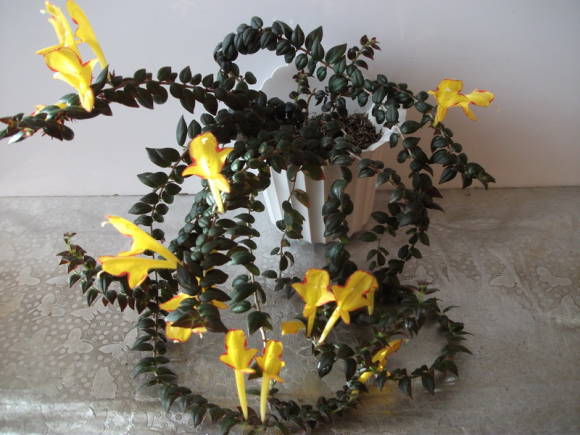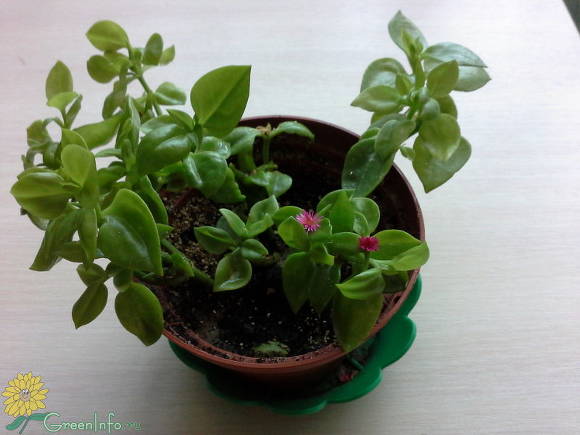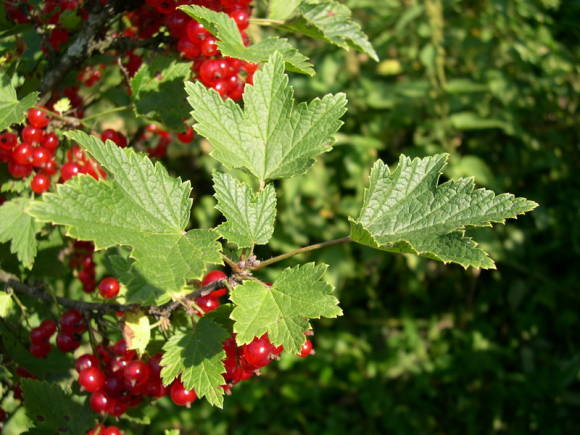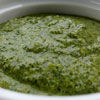 |
Ivan tea will bloom a little,
From this very color, -
Early summer goodbye
Hello half day summer.
A. Tvardovsky From the beginning of June to the second half of August, on forest clearings, and especially in places of former fires, flowers of ivan tea, or narrow-leaved fireweed literally flare up (Chamerion angustifolium). This plant, which reproduces not only by seeds, of which each bush gives up to 20 thousand, but also by root suckers, in favorable conditions is capable of forming many kilometers of clean thickets. Such a thicket gives the impression of a flower sea. Once I got into such thickets. It was in Western Ukraine at a felling site. The leaves began at a height of about 2 meters, the flowers were lost somewhere higher, and on all sides there were the same bluish bare stems. It is absolutely impossible to navigate in such thickets. At this time, there is a bee hum over the thickets. Ivan tea is one of the incomparable honey plants. Even linden is inferior to him in yield. Thickets of fireweed from 1 hectare give on average 480-500 kg, and in favorable years - up to a ton of honey per season, on 1 hectare there are up to 40 million flowers. Honey is greenish, very sweet, transparent and light like water. Ivan tea seeds are incredibly small, so on their parachute fluffs they are easily and far blown by the wind. But such seeds also have an important drawback - the seedlings are so weak that they cannot stand any competition, and germinate only on the surface of bare soil. In addition, Ivan tea is incredibly photophilous. Please note that a bouquet of beautiful inflorescences is not at all indoors. It is enough to bring it into the house from the street, and the brushes of bright pink flowers will immediately droop - it is dark for willow-tea and he is getting ready to sleep. That is why this plant is so eagerly populated by former conflagrations - there are no competitors, and as much heat, light and nutrients as you want. An interesting case happened with Ivan tea in England. He cannot settle on well-groomed English lawns and ideally weeded gardens, and was almost unknown in England until World War II. After the start of the German bombing of London and the surrounding area, bushes of bright pink flowers began to grow violently in the craters. For this, the British gave it a new name - war grass or funnel grass. Ivan tea in general is a plant with very widespread use. Rarely does any other herb produce cabbage soup, bread, wine, tea, pillows, ropes and cloth at the same time, not counting honey. Indeed, the rhizomes of willow tea contain starch, mucus, and sugar. They are consumed as a vegetable, and dried ones are ground into flour, which can be added to bread or baked cakes from it. It is indicated that an alcoholic drink was also prepared from the rhizomes. Young greens of ivan tea are used as a vegetable, they are boiled, fried, and salads are prepared. But keep in mind that only very young shoots are suitable for food, while they have not yet expanded the leaves and look like tiny palms or glue brushes. Later, they not only become coarse, but also become bitter. Recipes with Ivan tea: Ivan-tea with rice and dried apricots, Porridge from the roots of Ivan-tea with carrots and raisins, Ivan-tea fried, Salad from the rhizomes of Ivan-tea. The tea was prepared from young leaves, which, with appropriate processing, are very difficult to distinguish from real tea in appearance. It was mainly used to falsify real tea, although fireweed tea was an independent drink and was exported in fairly significant quantities even to France. Fireweed tea differs well under microscopic examination, because there are beautiful crystals in its cells - druses. Koporye was famous for the production of such tea, from which the name Koporye tea originated. Now it is on sale again. For the preparation of tea substitutes, the leaves are dried differently than usual, the raw materials for tea must necessarily turn black. Then it will be more aromatic.This process of darkening the leaves is called fermentation. The same is done with regular tea when preparing the leaves for its black variety. But besides black, fermented tea, there is also green tea - dried according to the usual rules. Naturally, no one bothers you to brew ordinary dried leaves. For fermentation, the leaves must first be kneaded vigorously. Ideally, each sheet should be rubbed thoroughly between your palms until it feels soft and damp. It is better if at the same time you roll it into a tube. Then all these tubes are put in a warm, dark place for several hours so that they begin to darken, and then the darkened raw material is dried as quickly as possible. In practice, I use a simpler method, which gives not so beautiful, but quite acceptable raw materials. To do this, we clean the leaves from the stalks, put them in a plastic bag and begin to knead it like a dough, until all the leaves are wet from the juice. Then, without removing the leaves from the bag, we put it in a very warm place, or put it out in the sun. If, despite the processing, the leaves are dry, which happens in a dry hot summer, you can add a little water to the bag. We keep the bag in a warm place until the color changes (darkening) of the leaves. This usually takes 1.5-2 hours. Then we dry the fermented leaves as usual: with heating or in the attic or even outdoors, but not in direct sunlight, until the thickest leaf veins break with a crunch. There is another option with passing the leaves through a meat grinder. At the same time, they wrinkle very strongly and roll into "sausages", which are already fermented and dried. Coarse fiber from willow-tea stalks is suitable for making ropes and burlap. The fluff surrounding the seeds was used to stuff pillows and mattresses. In the book A.Kh. Rollov, "Wild Plants of the Caucasus, Their Distribution, Properties and Application" (Tiflis, 1908), it is reported that willow tea fluff was added to wool in the manufacture of threads and fabrics, and was also used for the production of lamp and lamp wicks ... Ivan tea is also used in folk medicine - for stomach ulcers, as a sedative and hemostatic, for bruises, frostbites, as a wound healing agent. First of all, it is necessary to note the high content of tannins in the roots and leaves of fireweed. The plant mucus of Ivan tea contains tannins (tannin derivatives) of the pyrogallol group (10-20%), which are only slightly inferior in their anti-inflammatory properties to pure medical tannin. In addition to tannins, a number of flavonoids (quercetin, kaempferol) and organic acids with P-vitamin activity (caffeic, p-coumaric, and ellagic acids) have been found in fireweed. Ivan tea is used as an anti-inflammatory externally and for inflammation of the gastrointestinal tract, including peptic ulcer disease. It normalizes hematopoiesis, has a choleretic and diuretic, a slight laxative effect. Slightly reduces the excitability of the central nervous system, improves the functioning of the endocrine glands. Ivan tea is a large (up to one and a half meters or more) plant with straight, very weakly branched stems, covered with narrow leaves, sessile or on very short petioles. The leaves are dark green above, gray-gray below with a clearly visible midrib. The flowers are pink in a long raceme at the end of the stem. There are 4 petals, they are pink, the calyx of 4 leaves is reddish-brown. The flower is located at the end of a long light green ovary, it is slightly irregular, the petals seem to be shifted to one side. The fruit of Ivan-tea is a box, very narrow and long, up to 8 cm in length and 2-3 mm in thickness. Seeds are small, up to 1 mm in length, with a bunch of white, from prolonged lying yellow hairs. The rhizome of the fireweed is powerful, the roots go to a depth of 2 m and form a dense network of thick, pinkish horizontal roots. Rhizomes and roots give a large number of buds from which shoots are formed. There can be an almost incredible number of these shoots - up to 200 per square meter, so fireweed is considered a very undesirable guest in the fields and gardens. But in large landscape parks, it is sometimes specially planted in wet places. The form with white flowers is especially beautiful.


From royal honey to peasant cabbage soup

Secrets of making Koporye tea


Rough fiber and soft pillows
Ivan tea in folk medicine

A threat to the garden, a delight to the eyes



